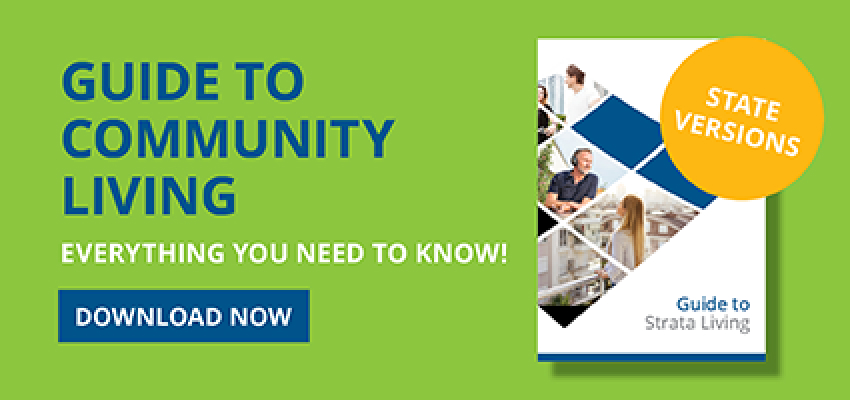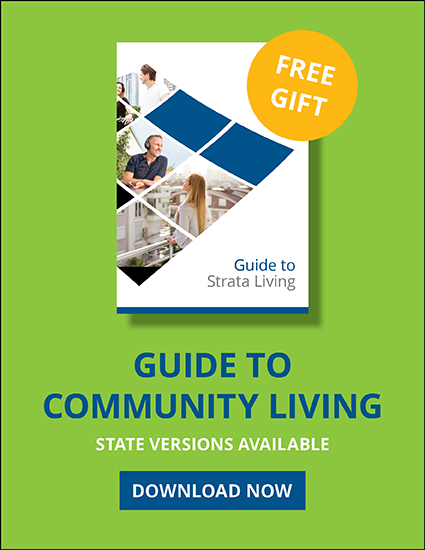It is hoped stamp duty reform will help boost NSW’s slowing housing market, but not all agree it goes far enough to assist wary would-be home buyers.
Future home buyers in NSW are being offered some relief from the costly exercise of purchasing a house, with the state government announcing plans to align stamp duty to the rate of inflation.
The move, which NSW Treasurer Dominic Perrottet labelled “the most significant in a generation”, will see the seven price brackets that determine how much stamp duty home buyers pay adjusted to the Consumer Price Index.
The move comes into effect from 1 July 2019 and marks the first time the stamp duty rates have been reviewed since being set in 1986.
While conceding the changes amount to “moderate savings”, the government claim the reforms will slash the average amount of stamp duty on property purchases by $500 by 2021.
For its part, the state opposition argues the reforms provide meagre relief for potential homebuyers and has slammed the offer as “too little, too late”.
Currently, stamp duty in NSW starts at 1.25% on the first $30,000 of a property’s value, with the tax increasing to 3.5% above $80,000, 4.5% above $300,000, 5.5% above $1 million and 7% above $3 million.
The top rate means an effective stamp duty rate of 5.02% above $3 million. Yet owing to the fact the median house price in Sydney has increased 150% over the past 15 years (from $400,000 to just over $1 million), it means the average stamp duty buyers pay has risen from 3.37% to 4.05% during that time.
The Treasurer says if stamp duty had been indexed to CPI 15 years ago, the amount payable on a $1.5 million home would be around $6,400 less than what it is today.
By contrast, according to current stamp duty charges in NSW, a property valued at $1.5 million today could incur stamp duty fees of around $68,000.
While the proposed changes, which Fairfax Media’s Sydney Morning Herald estimates will cost the state budget about $185 million, will reduce the impact of “bracket creep”, it won’t eliminate it if price growth rates remain above inflation.
Property Council NSW executive director Jane Fitzgerald has welcomed the news, stating that the changes will help reduce the tax burden on people buying a home in NSW.
“In 2018, stamp duty adds almost $50,000 to the purchase of the average property in Sydney and reducing what purchasers have to pay in tax will make buying a home that little bit easier.
“Stamp duty is a handbrake on transaction activity and locks people into housing which is not appropriate for their needs.”
Fitzgerald says that in 1986 stamp duty on a median home would have equated to around 1.96% (or $1,931) of the house price. The highest bracket then, applying to homes over $300,000 was never intended to affect the average home purchaser and was meant only to apply to “premium homes”.
Nowadays in Sydney, it’s the exception rather than the rule that you avoid the top rate, she says.
“That’s why stamp duty reform is an important piece of micro economic reform for NSW and Treasurer Perrottet is to be congratulated.
“The indexation of rates will give buyers modest savings initially but will, over time, ensure no repeat of the current situation where stamp duty is a barrier for first home buyers, up sizers and right sizers.
“Despite the cooling housing market, housing affordability remains a serious short and long-term issue for the state [and] implementing structural changes to the stamp duty framework is a great long-term investment in providing more affordable housing for NSW.”
To discuss your property’s strata management needs or receive a FREE management proposal contact our friendly team. We also offer more helpful resources and community living news in our FREE newsletter.








